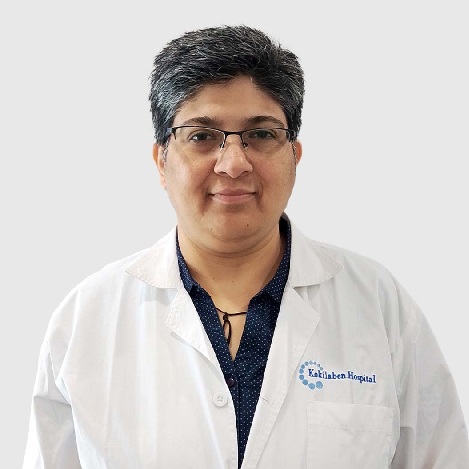Treatment for chronic myelogenous leukaemia aims to eradicate blood cells that carry the faulty BCR-ABL gene, which is the source of the excess number of diseased blood cells. Most patients start their course of treatment with certain medications that could lead to a long-term remission of their illness.
Chemotherapy: Chemotherapy is a medication therapy that destroys the body's rapidly proliferating cells, including leukaemia cells. When treating aggressive, chronic myelogenous leukaemia, chemotherapy medications are occasionally coupled with targeted pharmacological therapy. Depending on the medication that the patient is taking, chemotherapy medications can have side effects.
Targeted Drug Therapy: To combat cancer, targeted medications target a particular kind of cancer cells that promotes their growth and multiplication. These medications target tyrosine kinase, a protein made by the BCR-ABL gene, in chronic myelogenous leukaemia. Chronic myeloid leukaemia medicine that prevents tyrosine kinase activity includes:
Imatinib (Gleevec)
Dasatinib (Sprycel)
Nilotinib (Tasigna)
Bosutinib (Bosulif)
Ponatinib (Iclusig)
Bone Marrow Transplant: The only option for permanent recovery from chronic myelogenous leukaemia is a bone marrow transplant, commonly known as a stem cell transplant. However, because bone marrow transplants are risky and have a high probability of significant consequences, they are often only used for patients who haven't responded to previous treatments.
Clinical Trials: Clinical trials investigate innovative methods of administering existing medications or the most recent illness treatments. Even though participating in a clinical trial for chronic myelogenous leukaemia may allow one to try the newest medication, it cannot promise a cure.
Supportive Care: Alongside the main treatment approaches, supportive care plays a crucial role in managing CML treatment's side effects and complications. Supportive care may include medications to manage symptoms like nausea, pain, or infections and blood transfusions to address anaemia or platelet deficiencies.
Cost of Chronic Myeloid Leukaemia Treatment
The cost of CML treatment in India depends on several factors, including the stage of cancer, treatment modality used, patient’s age, patient’s comorbidities, hospital type and location, doctor’s experience, insurance coverage and much more.
To know the exact cost of CML treatment in India, one must visit their doctor, or the below table provides the approximate cost of various treatment modalities for CML.
Surgery Name | Surgery Cost |
Chemotherapy | ₹ 75,000 to ₹ 2,50,000 |
Targeted Therapy | ₹ 80,000 to ₹ 2,25,000 |
Bone Marrow Transplant | ₹ 15,00,000 to ₹27,00,000 |
Chronic Myeloid Leukaemia Survival Rate
The survival rate for CML has significantly improved over the past few decades due to advancements in treatment options. However, it's important to note that survival rates can vary based on several factors, including the phase of the disease, age of the patient, response to treatment, and overall health.
The five-year survival rate represents the percentage of people who are alive five years after their diagnosis. For CML, the overall five-year survival rate is estimated to be 90%. Only 22% of CML patients were alive five years before TKI. The best source of information about what to anticipate if one has CML is the doctor who treats him/her.



























